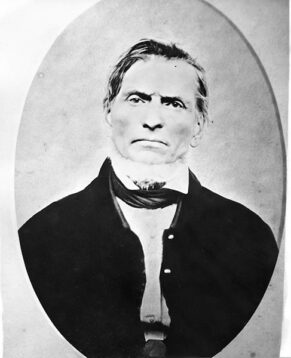Estimated reading time: 3 minutes
The Ebey family came west from Missouri, ending their journey on Whidbey Island when they came upon the best farmland they’d ever seen. Family members became the first settlers in the area to use the 1850 Donation Land Claim Act, claiming hundreds of acres of Lower Skagit land to establish family farms before the act was even official.

Jacob and Sarah Ebey named their place Sunnyside Farm, where the pioneer cemetery took its name, and most of the Ebeys now rest. You can still visit their home and a blockhouse perched at the edge of a magnificent bluff in Ebey’s Reserve. From the visitor center parking lot, take a five-minute stroll along a level, packed gravel trail to this home that has looked west over the Salish Sea for the better part of two centuries.


What is a Blockhouse?
In the 1850’s, settlers like Jacob and Sarah Ebey worried about conflict with local tribes, but it was fear of “Northern Indians” from Alaska and British Columbia that led them to construct log blockhouses like this one, as protection in case of attack. Built in 1856, the Ebey Blockhouse is one of only four remaining in the Reserve. It was reconstructed with surviving original material in the 1930’s.




